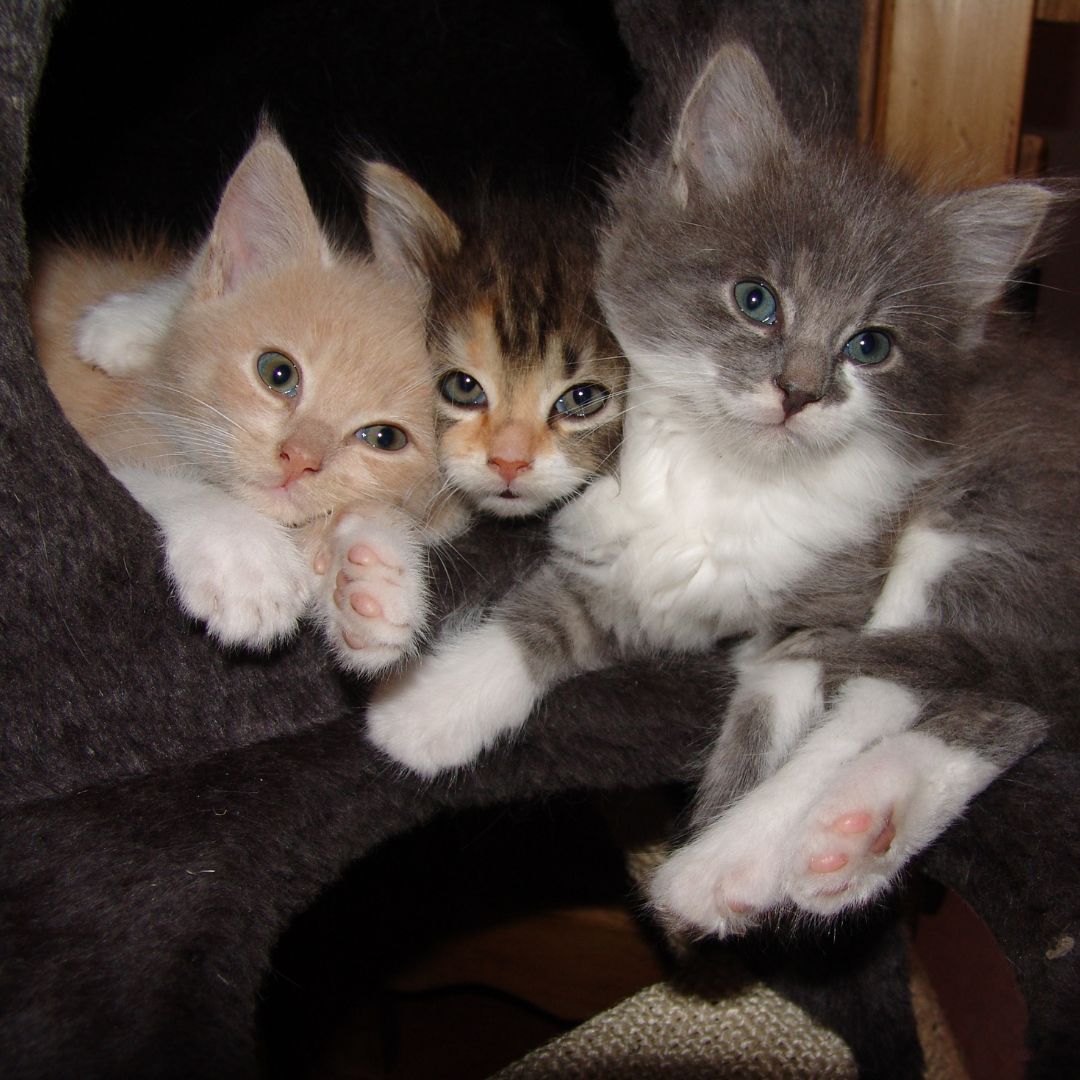
Hidden Meanings Behind Different Cat Fur Coat Colours
Share
Cat enthusiasts and animal lovers often marvel at the stunning and diverse fur coats of felines. Beyond mere aesthetics, the colors and patterns of a cat's fur can offer intriguing insights into the animal's genetic makeup and heritage. These variations are often the result of genetic mutations, which can produce the most striking and exotic appearances. Yet, beneath the surface, these fur colors and patterns can signify much more than meets the eye.
Fur Coat Colours and Patterns
Each hue has its tale to tell. Before delving into the concealed significance behind each cat color, acquaint yourself with the common classifications in the feline realm:
1. Solid Color Cats
2. Bicolor Cats
3. Calico Cats
4. Tortoiseshell Cats
5. Ginger Cats
6. Tabby Cats
Solid Colour Cats
Cats with solid-colored fur sport a single dominant hue across their entire body, making them readily identifiable as they constitute a large portion of the feline population.
The four primary solid colors in cat fur are black, chocolate, cinnamon, and red (tabby). Any deviation from these fundamental hues results in diluted variations. Certain breeds, such as Bombay cats, exhibit solid-colored fur coats.
Solid-colored cats often exhibit characteristics such as shyness around unfamiliar individuals, a penchant for laziness in familiar surroundings, and a calm demeanor during routine moments.
Bicolour Cats
Bicolored cats, also referred to as Piebald cats, feature patches of white fur alongside any of the four other colors across their bodies. They may also display coat patterns reminiscent of Tortoiseshell cats. Occasionally, they may appear as solid colors, depending on the extent of white in their coat.
Bicolored cats can be observed in various domestic cat breeds, as well as in breeds like Maine Coon, Norwegian Forest Cat, Persian, and Turkish Van.
Characteristic traits of bicolored cats include a strong propensity for caring and affectionate behavior towards their owners.
Calico Cats
Calico cats, characterized by their tri-colored coats, typically showcase patches of orange and black atop a white base color. They are predominantly females and can be encountered across various domestic cat breeds, with male Calicos being a rarity, occurring only about once in every 3,000 individuals.
In their undomesticated state, Calico cats tend to display aggression towards unfamiliar cats and dogs, exhibiting fearlessness when confronted. However, domesticated Calicos often exhibit gentleness, caring behavior, and affectionate tendencies towards their human companions.
Tortoiseshell Cats
True to their name, tortoiseshell cats boast fur reminiscent of tortoiseshell patterns, featuring distinct patches of multiple colors like black, red, and orange. If these colors appear in defined segments across the cat's fur, it's classified as patched fur; whereas, if the colors blend without clear patches, it falls under bridled fur.
Tortoiseshell cats come in various breeds, and they are exclusively female.
These felines are occasionally regarded as assertive and highly energetic.
Ginger Cats
As the name implies, ginger cats predominantly exhibit red or orange fur, with potential slight variations in hue. The pigment determines the specific shade of ginger displayed by the cat, which can range from various tones of red to vibrant oranges.
The majority of ginger cats are male and are known for their vocal nature and confident demeanor. Female ginger cats, on the other hand, tend to be calmer but equally friendly.
Ginger cats display a variety of fur patterns, including dark stripes, swirls, patches, and dots. While ginger cats are often referred to as tabby cats, it's important to note that not all tabbies are gingers.
Tabby Cats
All cats with ginger-colored fur are categorized as tabby cats, as mentioned earlier, but it's important to note that not all tabby cats have ginger fur. Tabby cats are predominantly domestic breeds and are distinguished by the presence of an 'M' shaped marking on their forehead, setting them apart from ginger cats. Given their common fur patterns and colors, tabby cats are easily recognizable among other cat breeds and are commonly referred to simply as "tabbies."
Tabby cats are generally known for their friendly and affectionate nature. However, ginger (red and orange) tabbies tend to exhibit a more spirited and feisty temperament.
Conclusion
In conclusion, the diverse range of cat fur colors and patterns plays a significant role in defining the unique characteristics of each feline. These traits are not specific to particular cat breeds but rather serve as identifiers for the color of their fur coats. I hope this blog has provided clarity and made it easier for you to distinguish between cats and understand their traits based on their physical appearance.
